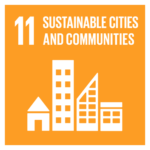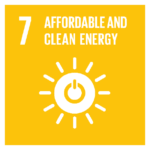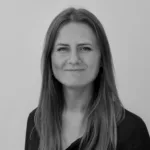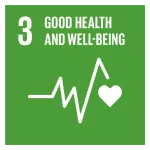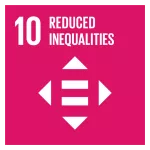Reuse, recycle and share, instead of manufacturing, buying, and throwing things away. We need to use items for as long as possible in a circular economy.
Recycle more
Transitioning from a linear to a circular economy is crucial for achieving climate goals. Currently, Sweden’s economy is only 3.4 percent circular, according to The Circularity Gap Report, and there is no reason to believe that the conditions in Hammarby Sjöstad significantly differ from the average.
The goal of ElectriCITY’s work on circular economy is to contribute to projects focused on reusing and recycling products and resources. This includes projects aimed at reducing climate impact by properly sorting waste, purchasing climate-smart food, minimizing food waste, increasing the reuse and sharing of products, and initiating urban farming with local production of greens in the district.
Sort — more or better
A lot of mis-sorted plastic is incinerated in residual waste in Stockholm — plastic that could largely have been recycled. So why is it so difficult to sort correctly?
ElectriCITY Innovation is investigating this issue together with Stockholm Exergi, Stockholm Water and Waste, Envac, Locallife, Hållbara Reimersholme, Sjöstadens Västra Sopsug, and the largest housing association in Sjöstad.
Citizen engagement as a platform for reducing plastic in residual waste
A project on plastic — and sortingGrow your own — in the city
With local production of greens, a district like Hammarby Sjöstad, with over 20,000 residents, can become self-sufficient in certain vegetables and fruits that typically require long transportation. There are various ways to achieve this, such as:
- Community gardening boxes
- Growing with residual heat
- Hydroponic cultivation in underutilized spaces in housing associations and apartment buildings
Together, these measures can promote a sustainable urban ecosystem where local food production reduces dependence on imported goods, creates healthier eating habits, and strengthens the community’s resilience against external supply disruptions.

Clothing swap days, food market, inspiration and knowledge
Transitioning, doing things differently, thinking reuse instead of new, sharing instead of throwing away. It may sound easy, but in reality, it is more challenging; we are stuck in old thought patterns and habits. ElectriCITY collaborates with residents, associations in the district, and our members to provide the citizens of Hammarby Sjöstad with an accessible platform for citizen-driven sustainability issues. We started in the iconic GlashusEtt.
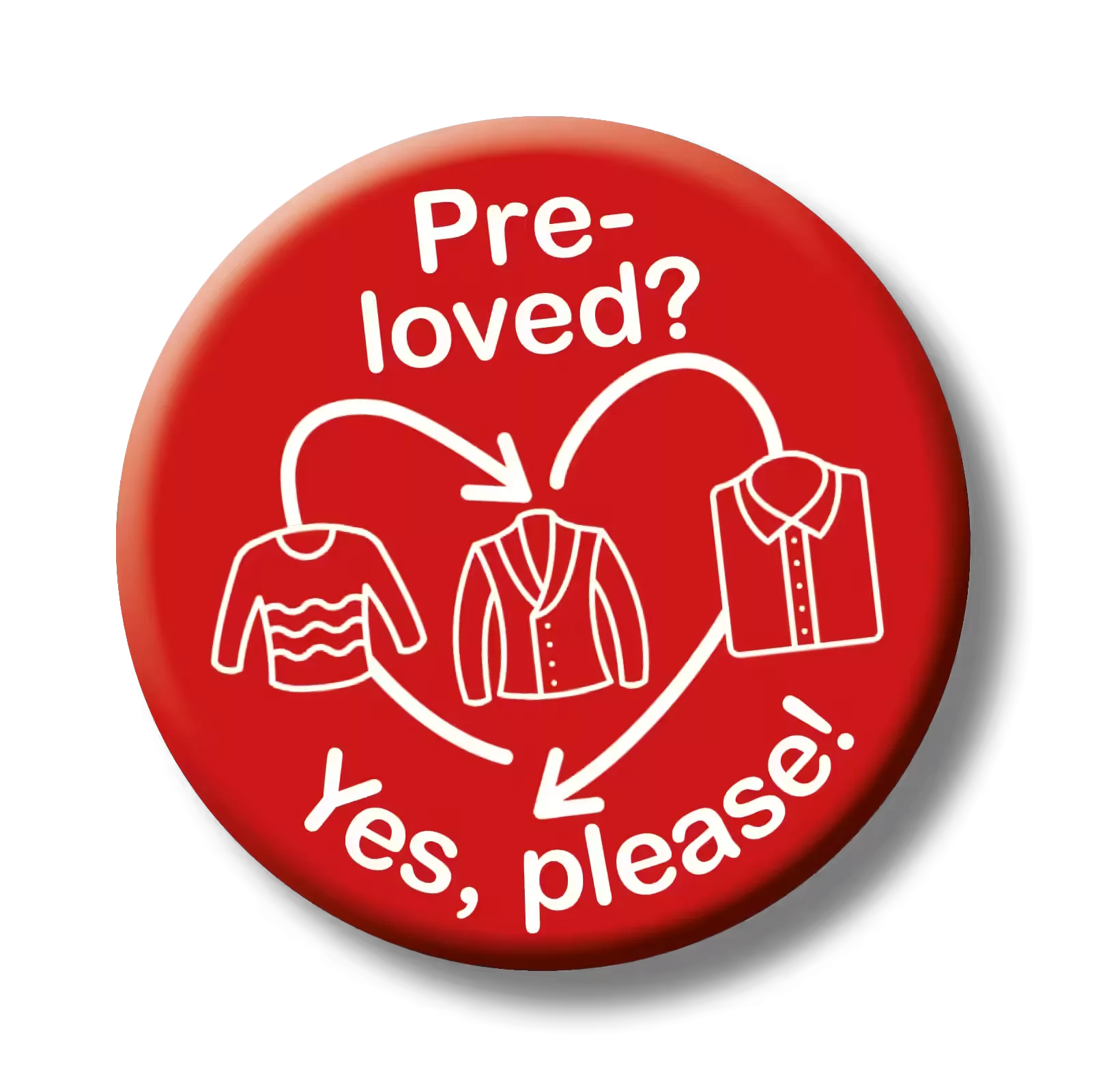
The sharing economy
is gaining momentum
Sharing Cities Sweden was a national program focused on the sharing economy. The Stockholm node, Sharing Cities Stockholm, revolved around co-creation with residents in Hammarby Sjöstad to achieve the local climate goal: Climate-Neutral Sjöstaden by 2030, while also strengthening trust and community, health, and well-being.
A pandemic intervened, but many of the measures that were tested can be leveraged and further developed.

